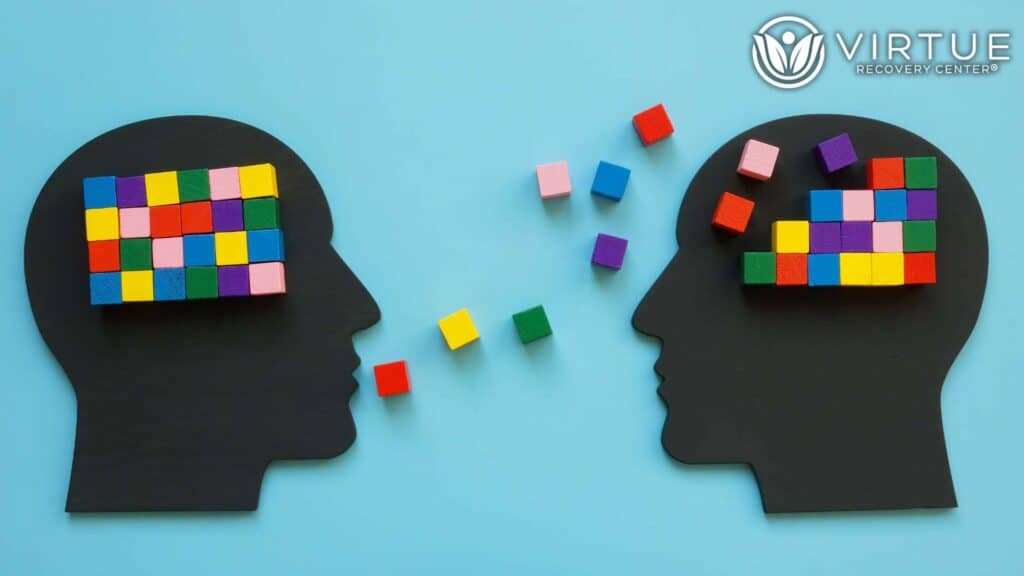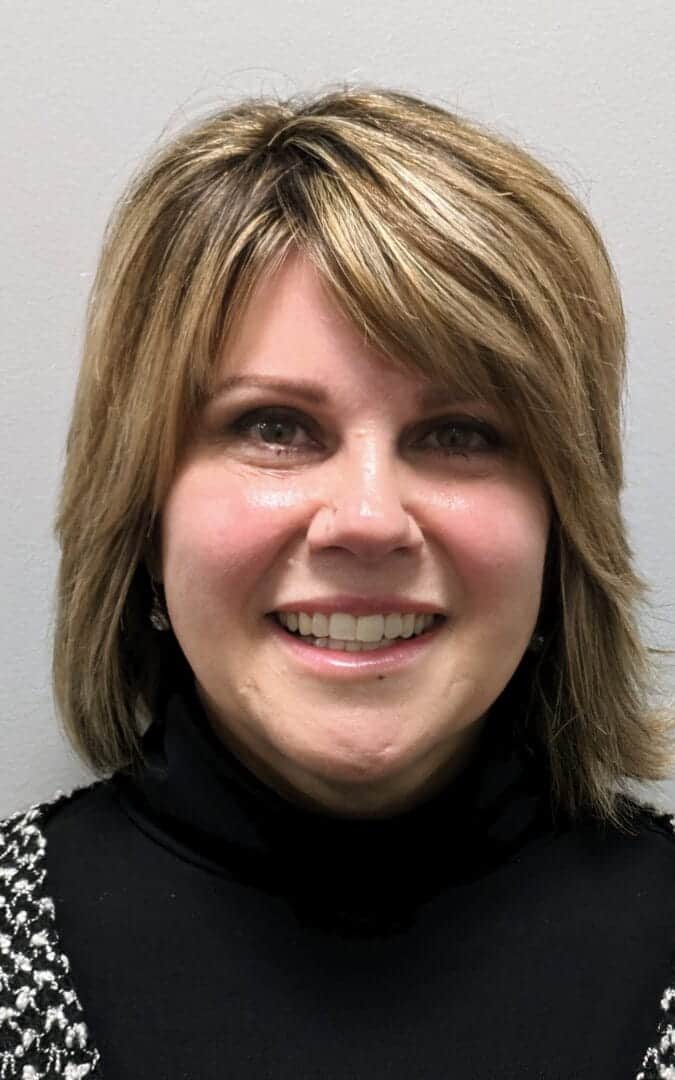
Table of Contents
Key Takeaways
- Schema Therapy combines cognitive-behavioral therapy (CBT) and experiential techniques to address deep-rooted emotional patterns.
- It aims to identify and change maladaptive schemas that often contribute to addiction.
- Schema Therapy can help individuals develop healthier coping strategies and improve emotional regulation.
- It is especially effective for individuals with co-occurring personality disorders and substance use disorders.
- The therapy focuses on understanding and addressing the root causes of addictive behaviors.
Introduction
Schema therapy provides a fresh approach to addiction treatment by delving into the emotional patterns that drive harmful behaviors. By addressing the root causes of substance use disorders, this therapy equips individuals with tools for meaningful change and long-term recovery.Understanding Schema Therapy
Schema therapy combines elements of cognitive, behavioral, and experiential therapies. It focuses on unearthing and reshaping deeply ingrained emotional patterns called schemas, which often develop during childhood. These schemas influence how people think, feel, and behave, sometimes contributing to addiction.What Are Maladaptive Schemas?
Maladaptive schemas are negative beliefs about oneself and the world that result from unmet childhood needs or adverse experiences. For example:- A belief that one is unlovable might lead to using substances to cope with loneliness.
- A sense of failure may drive someone toward alcohol or drugs to numb feelings of inadequacy.
Schema Modes and Their Influence
Schema therapy categorizes emotional states and coping mechanisms into “modes.” These include:- Vulnerable Child Mode: Feelings of sadness, fear, or insecurity.
- Dysfunctional Coping Modes: Avoidance, aggression, or reliance on substances to escape emotional pain.
How Schema Therapy Helps With Addiction
Schema therapy addresses the underlying emotional struggles that contribute to substance use. Through therapeutic techniques, individuals can break free from unhealthy cycles.Recognizing Triggers and Patterns
Therapists guide individuals in identifying situations or feelings that activate maladaptive schemas. For example, someone may realize they use alcohol after feelings of rejection or failure. Recognizing these triggers is the first step toward managing them constructively.Reframing Negative Beliefs
Cognitive restructuring helps individuals challenge and change the distorted thoughts that reinforce addiction. For instance:- Instead of thinking, “I’ll never succeed,” a new perspective might be, “I can improve with practice and effort.”
Healing Emotional Wounds
Experiential techniques, like guided imagery, allow individuals to revisit past experiences in a safe and supportive environment. By processing unresolved emotions, they can reduce the urge to turn to substances as a coping mechanism.The Role of Schema Therapy in Comprehensive Treatment
While schema therapy is effective independently, it works best when integrated with other approaches. Combining it with evidence-based treatments provides a holistic path to recovery.Therapies That Complement Schema Therapy
- Cognitive Behavioral Therapy (CBT): Focuses on changing negative thinking patterns.
- Dialectical Behavior Therapy (DBT): Teaches emotional regulation and stress management.
- Group Therapy: Offers peer support and shared experiences that enhance schema work.
Addressing Dual Diagnoses
Many people with addiction also struggle with mental health conditions like depression or anxiety. Schema therapy’s in-depth exploration of emotional patterns makes it particularly effective for individuals with co-occurring disorders.Why Schema Therapy Is an Innovative Approach
Schema therapy differs from traditional addiction treatments by focusing on the root causes of behaviors rather than just their surface expressions. It helps individuals:- Develop a deeper understanding of themselves.
- Build healthier relationships by improving emotional regulation.
- Create long-lasting change by addressing underlying emotional wounds.
Conclusion to Schema Therapy for Substance Use Disorder Treatment
Schema therapy offers a transformative approach to addiction treatment by addressing the root causes of substance use disorders. It helps individuals uncover and heal deep emotional patterns, paving the way for lasting recovery. If you or a loved one is struggling with addiction, reach out to Virtue Recovery Center at 866-461-3339 to learn more about compassionate and effective treatment options.FAQs About Schema Therapy for Addiction Treatment
What is schema therapy?
Schema therapy is a form of therapy that focuses on identifying and changing deeply ingrained negative beliefs and emotional patterns.Who can benefit from schema therapy?
Anyone struggling with addiction or co-occurring mental health disorders, such as depression or anxiety, can benefit from schema therapy.How long does schema therapy take?
The duration varies, but individuals typically participate in weekly sessions over several months to a year.Can schema therapy be combined with other treatments?
Yes, schema therapy is often integrated with treatments like CBT, DBT, and group therapy for comprehensive care.Is schema therapy only for addiction?
No, it is also effective for treating personality disorders, trauma, and other mental health challenges.How many therapy sessions are necessary for schema therapy to work?
Schema therapy typically requires 20 to 30 sessions for short-term treatment, but more complex cases may need a year or longer to achieve significant progress.Does schema therapy work in addiction treatment?
Yes, schema therapy is effective in addiction treatment as it helps identify and address deep-rooted maladaptive patterns, emotional triggers, and schemas that drive substance use.What are the 5 domains of schema therapy?
The five domains of schema therapy include:- Disconnection and Rejection
- Impaired Autonomy and Performance
- Impaired Limits
- Other-Directedness
- Over-Vigilance and Inhibition
What is the difference between schema therapy and DBT?
Schema therapy focuses on identifying and modifying deep-rooted maladaptive schemas formed in childhood, while DBT (Dialectical Behavior Therapy) primarily addresses emotional regulation, distress tolerance, and interpersonal effectiveness.What are the techniques used in schema therapy?
Schema therapy techniques include cognitive restructuring, experiential techniques (e.g., imagery rescripting), behavioral pattern-breaking, and schema mode work to challenge and modify unhealthy schemas.What are the four goals of schema therapy?
The four main goals of schema therapy are:- Identify and understand maladaptive schemas and their origins.
- Challenge and modify dysfunctional schemas and beliefs.
- Develop healthier coping mechanisms.
- Promote long-term emotional well-being and interpersonal relationships.
How Does Rational Emotive Behavior Therapy (REBT) Compare to Schema Therapy for Addiction Treatment?
Understanding rational emotive behavior therapy principles provides a framework for addressing cognitive distortions in addiction treatment. Unlike Schema Therapy, which focuses on deeply ingrained patterns, REBT aims to challenge and change irrational beliefs. This direct approach can lead to quicker resolutions, making it appealing for those seeking pragmatic solutions in their recovery journey.
Resources
https://schematherapysociety.org/Schema-Therapy https://www.schemainstitute.co.uk/understanding-schema-therapy/ https://pmc.ncbi.nlm.nih.gov/articles/PMC5573974/Are You Covered For Treatment?
At Virtue Recovery Center, we understand the importance of accessible care. That’s why we’re in-network with numerous private insurance companies, ensuring that your journey to recovery is supported from the start. Let us help you quickly and easily verify your insurance coverage. Begin your path to healing today.
- About the Author
- Latest Posts
Gigi Price( Clinical Director )
Gigi Price holds licenses as a Master Social Worker and Clinical Drug Counselor. She completed her master’s degree in Social Work at Texas State University. Over the last decade, Gigi has been dedicated to utilizing evidence-based practices to enhance patient care and treatment planning, resulting in positive, long-term outcomes for patients and their families. Her passion lies in creating a treatment environment where professionals collaborate to bring about positive change and provide a safe, trustworthy therapeutic experience. Patients can be confident in receiving top-quality care under her leadership.
In her role as the Clinical Director of Virtue Recovery Houston, Gigi conducted research to identify the most effective approaches for treating patients with acute mental health diagnoses, PTSD, and Substance Use Disorder. She then assembled a team of skilled clinicians who could offer various therapeutic modalities, such as Cognitive Behavioral Therapy (CBT), Dialectical Behavioral Therapy (DBT), Acceptance and Commitment Therapy (ACT), Somatic Exposure, Eye Movement Desensitization and Reprocessing (EMDR), and Cognitive Processing Therapy (CPT). Gigi takes pride in overseeing the development and implementation of Virtue Houston’s Treatment Program, which includes two specialized therapeutic curricula tailored to the unique needs of individuals struggling with mental health issues, addiction, and PTSD.
Key Takeaways Regular exercise reduces cravings and withdrawal symptoms. Physical …
Key Takeaways Veterans Day began as Armistice Day in 1918 …
Key Takeaways Proper nutrition plays a vital role in addiction …
Key Takeaways Long-term sobriety is achievable with evidence-based addiction treatment …
Key Takeaways Mindfulness and meditation improve focus, emotional balance, and …
Key Takeaways Family involvement greatly improves the success of addiction …


























